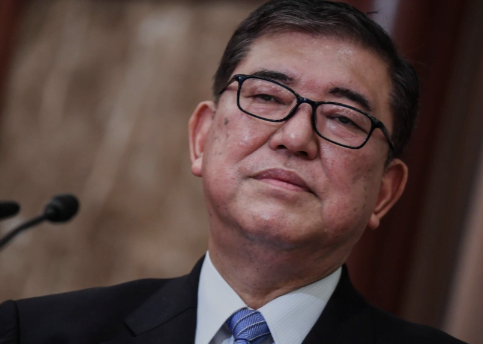Japan’s Liberal Democratic Party (LDP) has chosen its new leader in a surprising move that may reshape the country’s political future. With the party’s approval ratings falling and a general election looming, LDP members opted for Shigeru Ishiba, a long-time political figure, as their new leader, which means he is also set to become Japan’s next prime minister.
The choice of Ishiba was unexpected. In the first round of voting, Sanae Takaichi, a conservative politician who could have become Japan’s first female prime minister, took the lead. However, in the final runoff, Ishiba emerged victorious, which raised eyebrows. While Takaichi was known for her strong stance on monetary policies and controversial visits to the Yasukuni Shrine (a war memorial criticized for representing Japan’s militaristic past), Ishiba’s approach is different.
Shigeru Ishiba, 67, has had a mixed relationship with his own party. At one point, he even left the LDP to join the opposition, earning him a “traitor” label, which hurt his chances in previous leadership bids. This time, however, his outsider status worked in his favor. The LDP has been dealing with scandals and needed someone who could help refresh its image. Ishiba, with his history of standing apart from the mainstream of the party, seemed like a good candidate to lead the LDP through this crisis.
Ishiba’s background includes a keen interest in defense matters, such as warships and fighter planes, which has earned him the label of being somewhat “nerdy.” His views are also unique when it comes to Japan’s relationship with the United States. He wants Japan to have a more equal standing with its key ally, which could cause tension. Additionally, Ishiba has proposed creating an Asian equivalent of NATO, an idea many consider impractical but reflects his innovative thinking.
The question now is whether Ishiba’s independent and individualistic approach can help restore confidence in the LDP and lead them successfully through the next general election. Many will be watching closely to see if his leadership can offer the change that voters are looking for in Japan’s political landscape.
